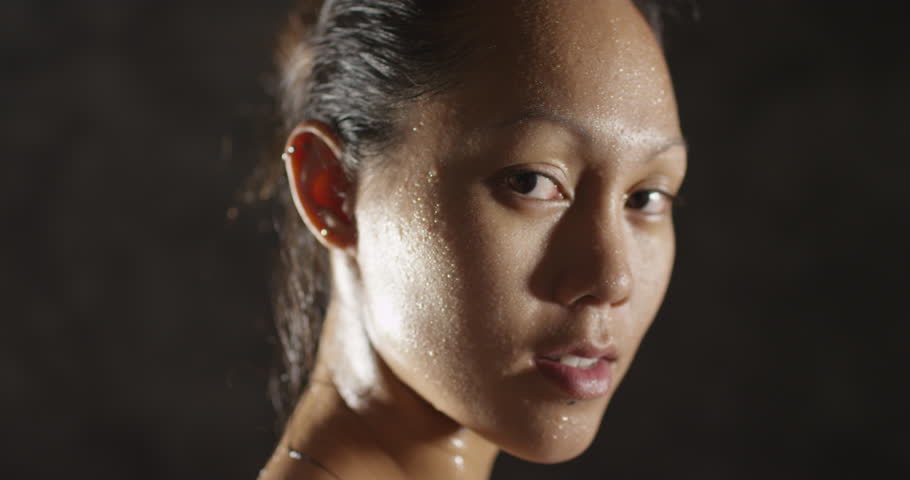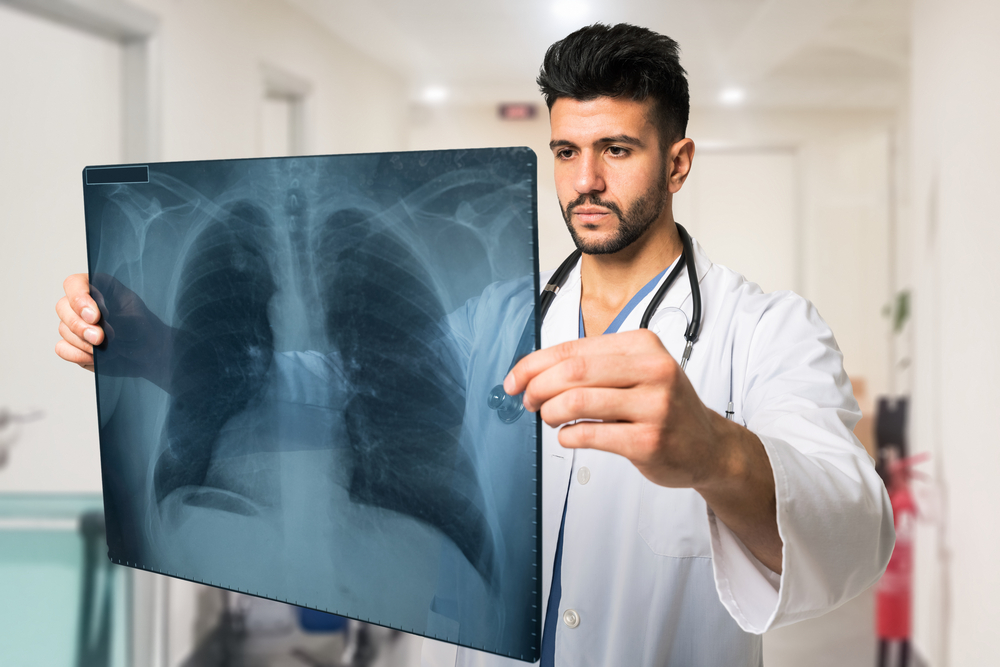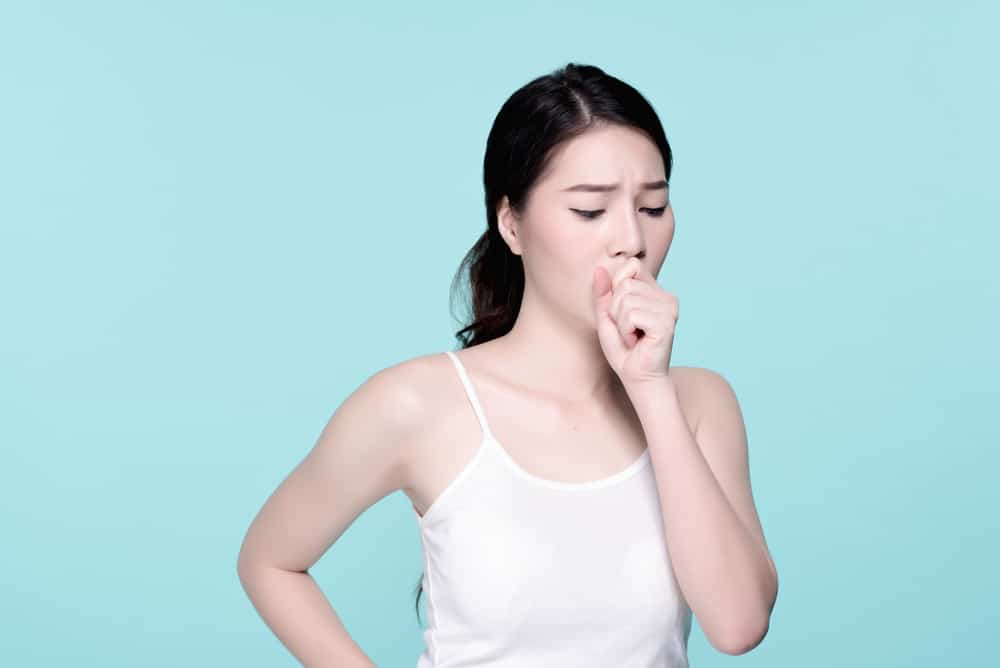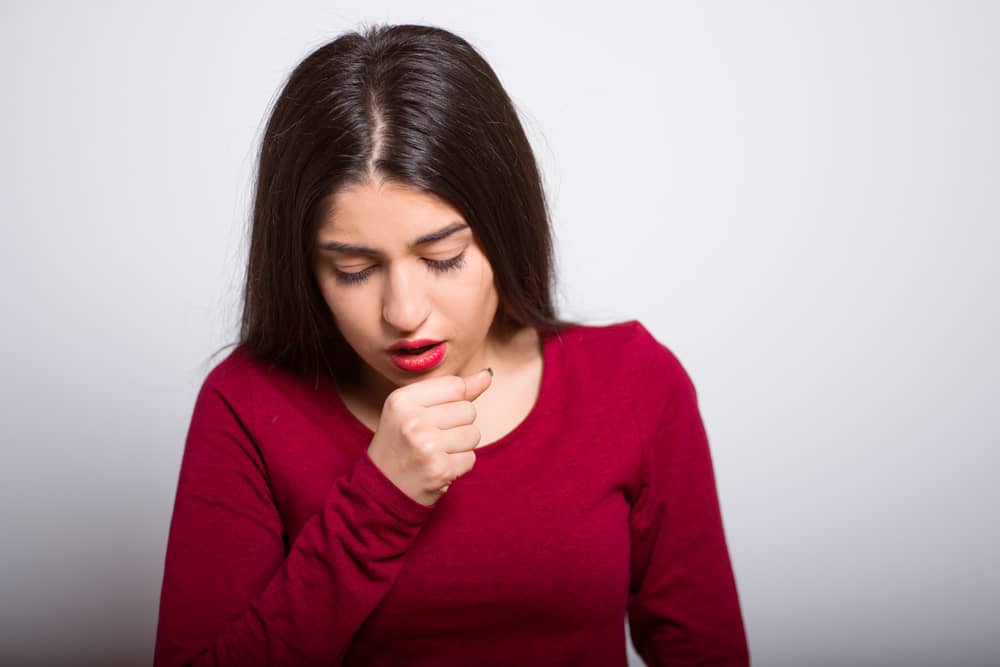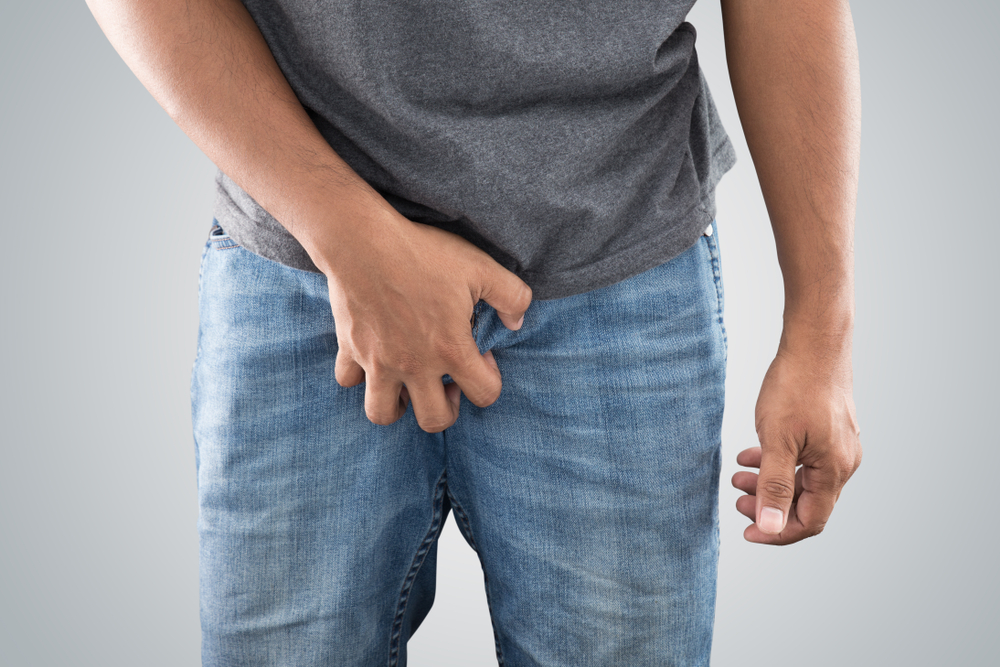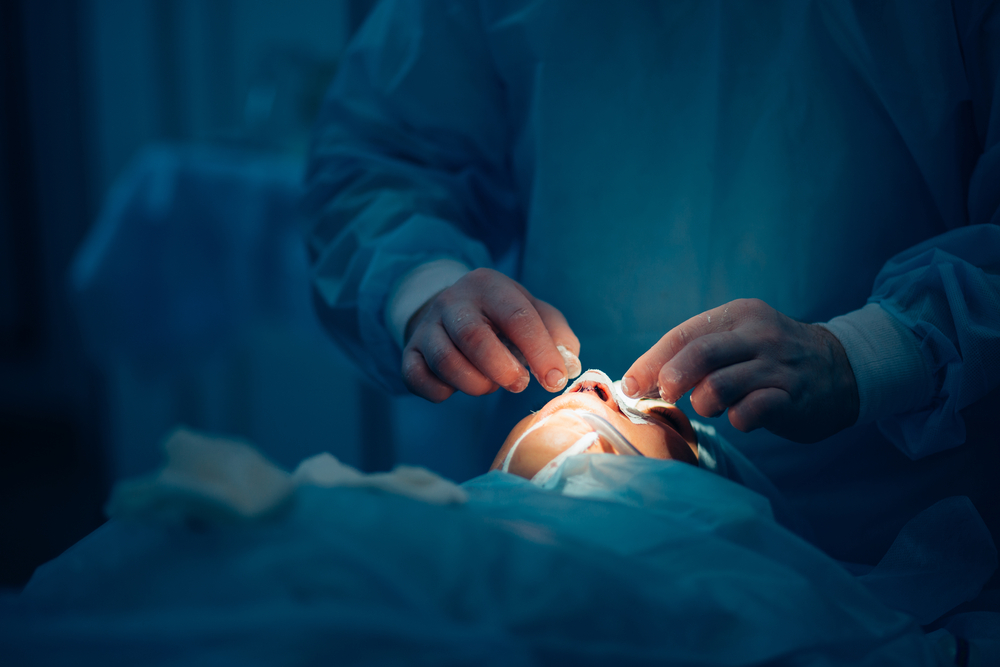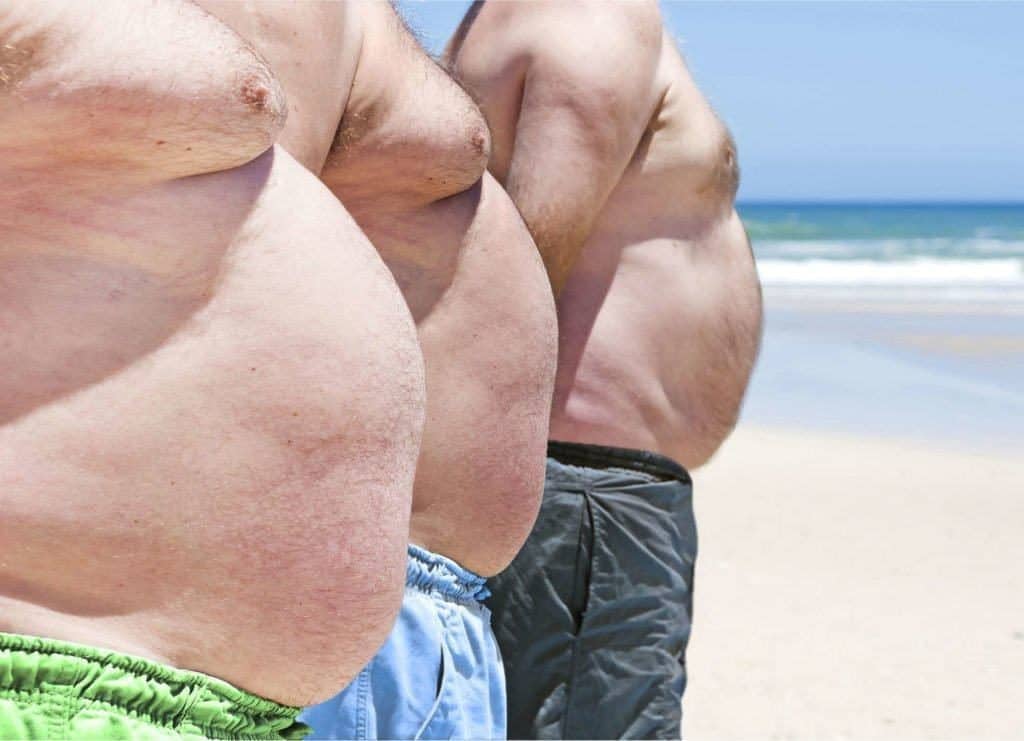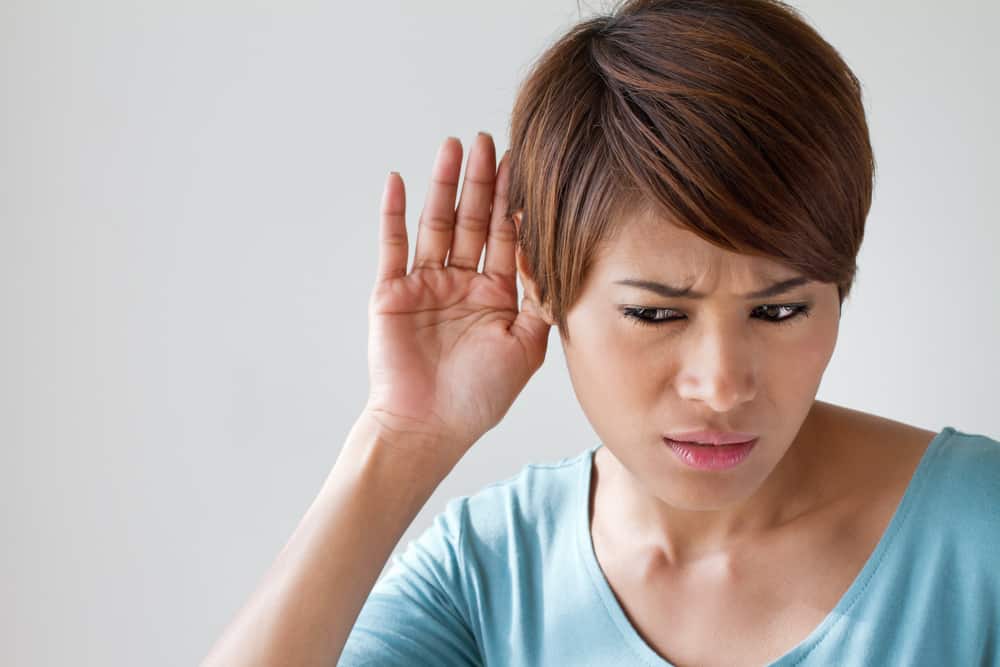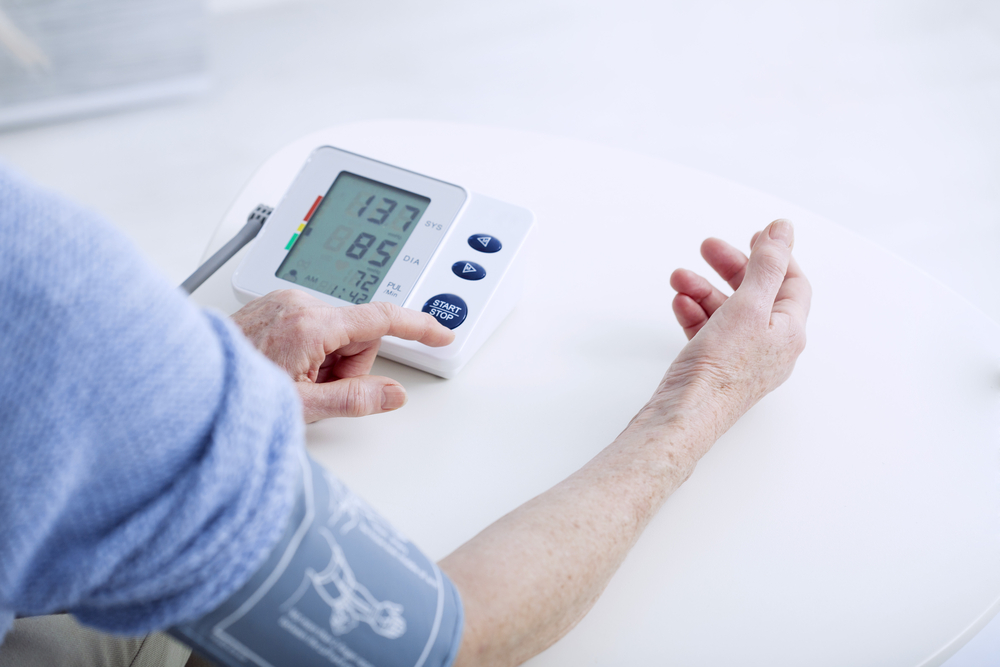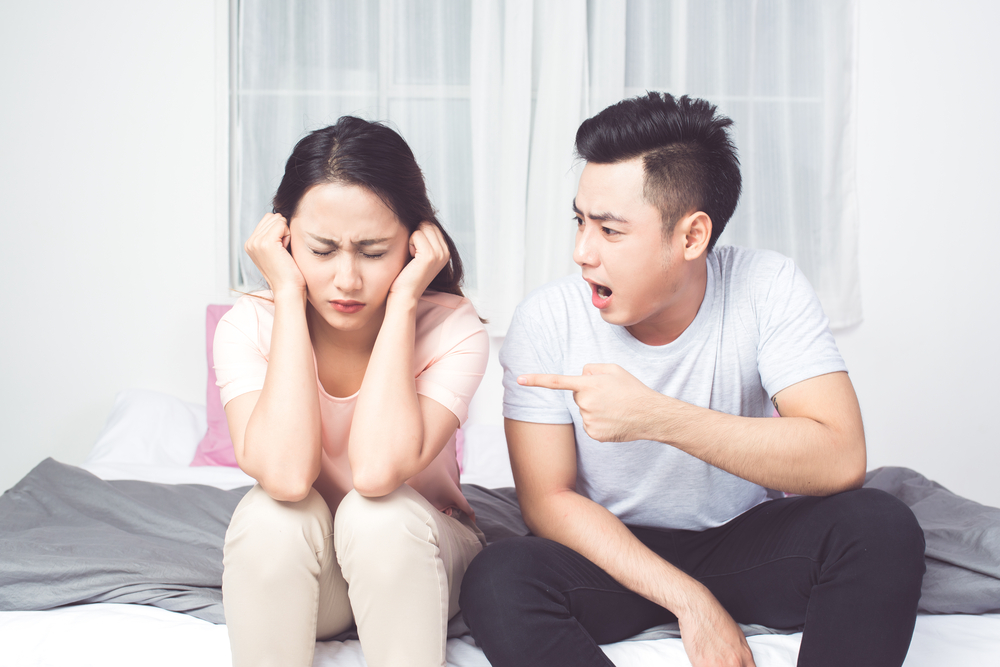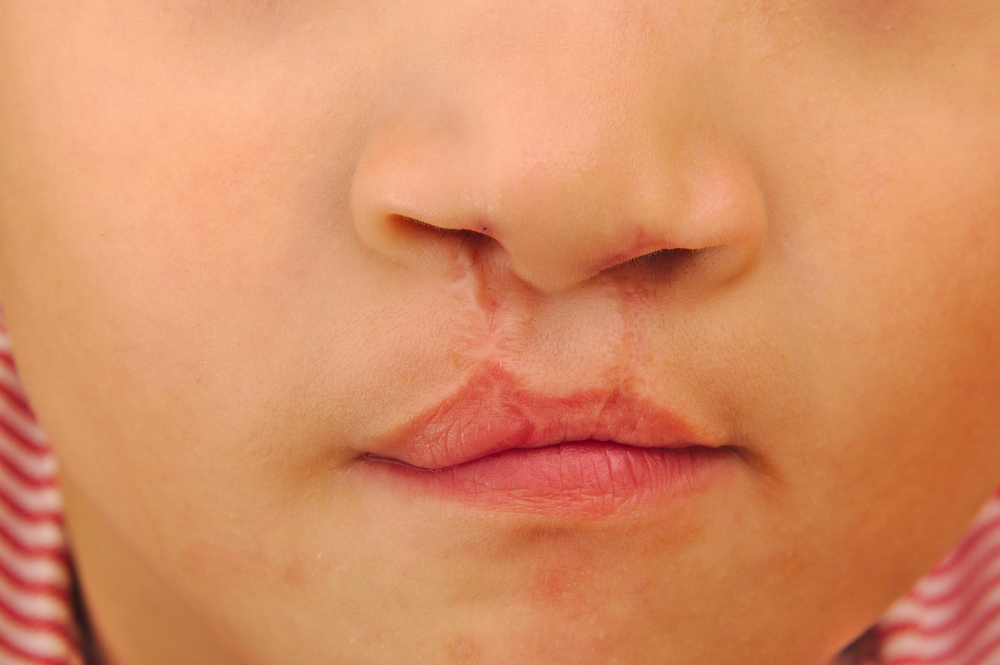Contents:
- Medical Video: Fat Burning “Bro-Science” (SWEAT MORE | BURN MORE!)
- Even the body does not sweat a drop, the sign of anhidrosis
- What are the signs and symptoms of anhidrosis?
- What causes someone to be difficult or unable to sweat?
- How do you deal with anhidrosis?
Medical Video: Fat Burning “Bro-Science” (SWEAT MORE | BURN MORE!)
There are people who are unwilling set foot out AC room when the weather is hot, just because lazy to sweat. But on the other hand, there are a handful of people whose bodies can still not sweat even after hours of exercise or sunbathing in the hot sun. Is this normal?
Even the body does not sweat a drop, the sign of anhidrosis
Basically, sweating is the way your body cools to keep your body temperature stable and release metabolic waste. But when your body does not sweat after being triggered by increased activity or changes in temperature, this is referred to as hypohidrosis or anhidrosis.
The human body is equipped with about two to five million sweat glands that are embedded in your skin and spread throughout your body. Anhidrosis occurs when these sweat glands don't work properly so you can't sweat.
Anhidrosis is usually experienced by all members of the body, or only in certain body parts that are normal often sweating like the armpits, palms, feet, face and groin.
This condition of not being able to sweat can eventually increase the body's core temperature and cause heat stroke (overheating), which can lead to failure of vital organ function to fatal consequences.
What are the signs and symptoms of anhidrosis?
As explained above, anhidrosis makes your body not sweat to cool down even though it has been triggered by high intensity physical activity (such as exercise) or an increase in ambient temperature (for example, sauna or in hot weather).
The following are signs of anhydro you need to pay attention to:
- Sweating is only a little and in only one part of the body, or even hard to sweat at all
- Likes to feel dizzy and tired
- Often experience muscle cramps
- The body likes to feel hot because it can't sweat
- Fast heartbeat
What causes someone to be difficult or unable to sweat?
Anhidrosis is generally caused by birth defects Hypohidrotic ectodermal dysplasia which causes the body to form only a small amount of sweat glands. Anhidrosis can also be caused by a medical condition or underlying disease, such as diabetes, Parkinson's, alcohol dependence, and abnormalities of the nerves and skin that affect the workings of the sweat glands. Severe burns can permanently damage the sweat glands. Dehydration can also cause you to experience anhidrosis.
In addition, many drugs can reduce sweat production. For example, only heart disease drugs and blood pressure, bladder control, nausea, and certain mental disorders. Even so, the difficult condition of sweating due to taking medication can usually return to normal when the drug dose is stopped.
Age can also be a risk factor for a person unable to sweat. People aged 65 years and over, babies and children are more vulnerable to skin conditions that experience heat stress, so they can cause anhidrosis.
The rest, the cause of anhidrosis cannot or is not known for sure.
How do you deal with anhidrosis?
Hypohydrosis, which only affects a small part of you, usually will not cause problems and may not require treatment. If anhidrosis is caused by a medical condition or underlying disease, the treatment step is focused on that condition so that it can help reduce your symptoms. If the medication that causes it, talk to the doctor whether it is possible to change or change the dose.
But if you have experienced an increase in heart rate; loss of balance or dizziness; feeling sick or nauseous; fatigue and feeling weak; and feathers goose bumps continue even in hot weather, immediately get emergency medical help. This might be a sign heat stroke. In an emergency situation, the medical team will take quick action to cool the body and regulate fluids to stabilize the temperature.

